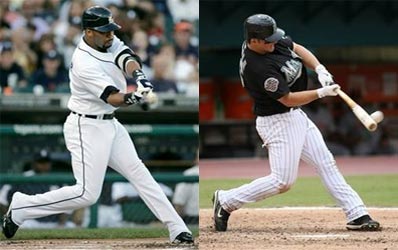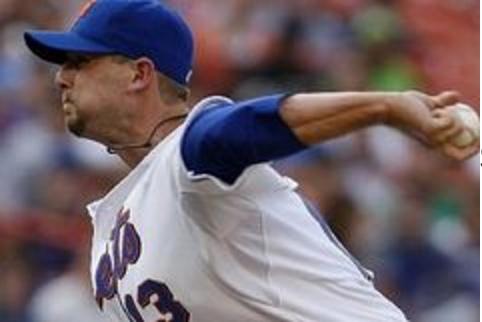BPC2000
Newbie
- Joined
- Jun 7, 2015
- Messages
- 22
I believe most injuries are related to improper weightshift/kinetic sequence leading to poor deceleration/follow through, rather than injury happening in the lag/loading phase. The arm should be relatively looser on longer throws, not tighter. And you load against the lag/external rotation - you shouldn't be trying to externally rotate the arm, but resisting it somewhat to load like a spring. Obviously age and flexibility will play a role in how much lag happens, if you setup your backswing as I describe in the video with elbow forward and allowing the lower arm to swing back and supinated then lead with the hips, the arm lag will happen naturally. If your body is cold, then you should get your towel and warm up some practice swings before you throw.
Thanks for the extra explanation. The loaded spring analogy makes perfect sense, I'm going to use that, but at some point the shoulder/elbow/forearm goes from relatively passive (resisting external rotation) to some degree of activity as you enact/explode the muscles towards internal rotation. Is this where the gamble comes in? Can you activate the muscles when the shoulder is externally rotated and expect to avoid injury in DG? Or does the activation happen after the shoulder is no longer external rotated? My guess is that its happening to some degree in external rotation. I think it's still a heated debate over how long you can get away with it (especially in pitching). One side breaking down the science of limiting the strain on the shoulder and elbow, while the other side side arguing it should be avoided altogether.
Nolan Ryan is an interesting example because he is typically considered to be a freak of nature. Some people think he should be in The Smithsonian as well as the HOF. That being said, he was also known to be in peak physical condition throughout his career and did some things mechanically to make up for the strain of pitching. I think he was a combination of fitness, good mechanics, and superhuman physical makeup. NFL Running back Frank Gore and linebacker London Fletcher come to mind. Its mind boggling that these guys play/played the most punishing positions in the game and basically are/were barely missing time with injuries. The majority of pro level players are injured or worn out pretty quickly by comparison.
https://www.youtube.com/watch?v=LBMubegFNKk
Rodgers looks like he's arching his back to compensate for the weight of the football. You see that in a lot of NFL QBs. I see it happening your tutorial. I see Jerm do it on drives. In the above video of Ricky his torso isnt arched , but tilted back past 90 degrees relative to his plant foot. I dont see it as much in Eagles pic.
Anyways I appreciate the time being put in by everyone here trying to break down the power potential mechanics. Its an ongoing project for me trying to maximize my FH. I should probably mention I'm 45, which is why I'm so concerned with injury. They happen quicker and take way longer to recover from now. Ive experienced that you actually can get some distance gains doing things that are pretty bad for you. Not so much worried about the pain of injury as much as the pain of the missed time it takes to recover. I don't want to miss any DG rounds if I dont have to.



